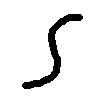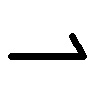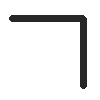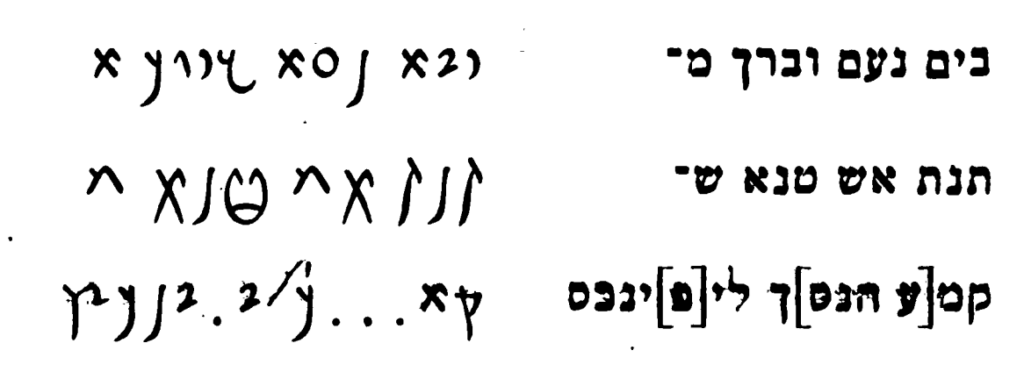The intent of transliterating is to map the Burrows Cave alphabet to the Hebrew alphabet, and then attempt translation. So far some translations are working with this approach.
Much of the artifacts is straight out of the ancient Phoenician and Libyan alphabets. But they are not exact. It is apparent from my initial observations that the language is heavily influenced by the Phoenicians, but it is separated from the Phoenicians and therefore contains variants. The Phoenician language has many similarities to Hebrew, but it is not the same. Therefore, an expectation from my hypothesis is that some words will translate with Hebrew. Some will not. Furthermore, in my hypothesis, we should find a lot of words similar to Hebrew and Phoenician, but spellings may not be perfect matches.
Below is the list of the Hebrew Alphabet and a list of the Burrows Cave symbols with attempts at mapping the alphabet of the known symbols of Burrows Cave.
Download the book Punica here. The book is written in French. It transliterates Phoenician into Hebrew. Some translations are given in Latin. The book can and will be translated into English but is not yet done.
| Hebrew | Phoenician | Burrows |
| א – Alef |    |  |
| ב – Bet |     | |
| ג – Gimel |   |  |
| ד – Dalet |     |  |
| ה – He |     | |
| ו – Waw |      | |
| ז – Zayin |    | |
| ח – Ḥet |   | |
| ט – Tet |   | |
| י – Yod |      |   |
| כ – Kaf |      | |
| ל – Lamed |      |   |
| מ – Mem |      | |
| נ – Nun |      | |
| ס – Samech |    | |
| ע – Ayin |   | |
| פ – Pey |     |  |
| צ – Tsade |   |  |
| ק – Qof |    | |
| ר – Resh |     |    |
| ש – Shin |      | |
| ת – Taw |     |  |
| Unknown |   |
The symbol for Tet also appears to be the nation symbol for this people. Therefore it might not be getting used as Tet.






